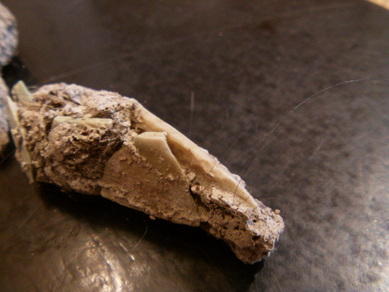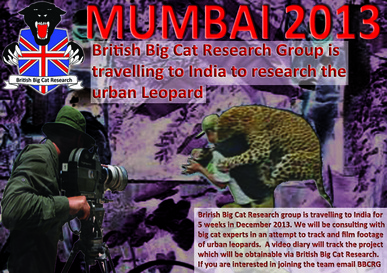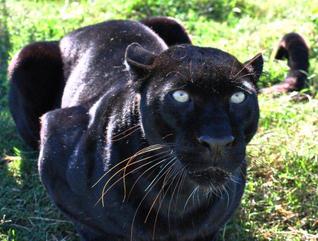 Leopard scat buckinghamshire
Leopard scat buckinghamshire I have had various people look at the scat and all agree it looks like either Puma or Leopard. Wildlife expert Jonathon McGowan stated ‘very typical puma like scat’,’ I don’t think it is dog Paul, I think it is a cat scat especially going by the large chunks of bone, dogs have more teeth than a cat
and do much more chewing so usually the broken bone fragments are smaller. The hairs are very dark and will not let light through to see the medulla. The tiny under fur hair looked exactly like a puma but that could be just coincidence.
He goes on to say unfortunately it is at least a couple of weeks old and the possibility of finding DNA from the inner tract of the host on the outside of the scat is highly unlikely, hence not economical to take it to the University lab for DNA testing.
and do much more chewing so usually the broken bone fragments are smaller. The hairs are very dark and will not let light through to see the medulla. The tiny under fur hair looked exactly like a puma but that could be just coincidence.
He goes on to say unfortunately it is at least a couple of weeks old and the possibility of finding DNA from the inner tract of the host on the outside of the scat is highly unlikely, hence not economical to take it to the University lab for DNA testing.
 Large skull fragments
Large skull fragments The most notable particulars of this scat are the hairs found inside. Microscopic analysis has identified badger and cow. Leopards and Pumas will take badgers and calves. Have any young cattle been predated on within the last couple of months? It seems highly unlikely that local pet dogs would be eating these types of animals, also dogs don’t consume as much hair as cats as cats
rasping tongues strip the fur ingesting large quantities of fur in their feeding. The bone fragments in the scat at the tapered end seem to be badger skull which is consistent with cat
feeding. Amur Leopards in Russia favour the Eurasian Badger (same species of Badger in UK) as a prey item and regularly crush the scull to feed on the brain.
The overall shape of Leopard scat is tubular with many lobes with one end blunt and the other tapered. White colouration is common from the bones of prey animals. All is consistent with the scat found in Hodge moor woods last month. It is imposable to prove without DNA but from the experts that have looked into this there is simply no other option.
rasping tongues strip the fur ingesting large quantities of fur in their feeding. The bone fragments in the scat at the tapered end seem to be badger skull which is consistent with cat
feeding. Amur Leopards in Russia favour the Eurasian Badger (same species of Badger in UK) as a prey item and regularly crush the scull to feed on the brain.
The overall shape of Leopard scat is tubular with many lobes with one end blunt and the other tapered. White colouration is common from the bones of prey animals. All is consistent with the scat found in Hodge moor woods last month. It is imposable to prove without DNA but from the experts that have looked into this there is simply no other option.

I am sure you will be interested to hear I am travelling to India in a month’s time for 2 months tracking leopards in sub-urban parts of Mumbai and Goa. I will also be tracking these cats in the Jungle Mountains of the Western Ghats. I have set the groundwork for this trip and will be meeting many leopard experts in tracking and camera trapping big cats.
I am hoping this will better my understanding of these elusive cats and equip me with the tools we need to get evidence of them living and breeding in Buckinghamshire for the last 30 years. I will be updating my video diary while away; http://www.bigcatsofthechilterns.co.uk/video-diary.html
I am hoping this will better my understanding of these elusive cats and equip me with the tools we need to get evidence of them living and breeding in Buckinghamshire for the last 30 years. I will be updating my video diary while away; http://www.bigcatsofthechilterns.co.uk/video-diary.html

In
regards to Hodgemoor Woods due to the forest being thinned at the moment any animals will probably be staying away but the reality is any large cats in South Buckinghamshire will be constantly moving around during the few hours of darkness and sleeping the majority of the day around quarries, breakers yards, run down farms and derelict land as the urban leopards do in Mumbai.
regards to Hodgemoor Woods due to the forest being thinned at the moment any animals will probably be staying away but the reality is any large cats in South Buckinghamshire will be constantly moving around during the few hours of darkness and sleeping the majority of the day around quarries, breakers yards, run down farms and derelict land as the urban leopards do in Mumbai.

 RSS Feed
RSS Feed
